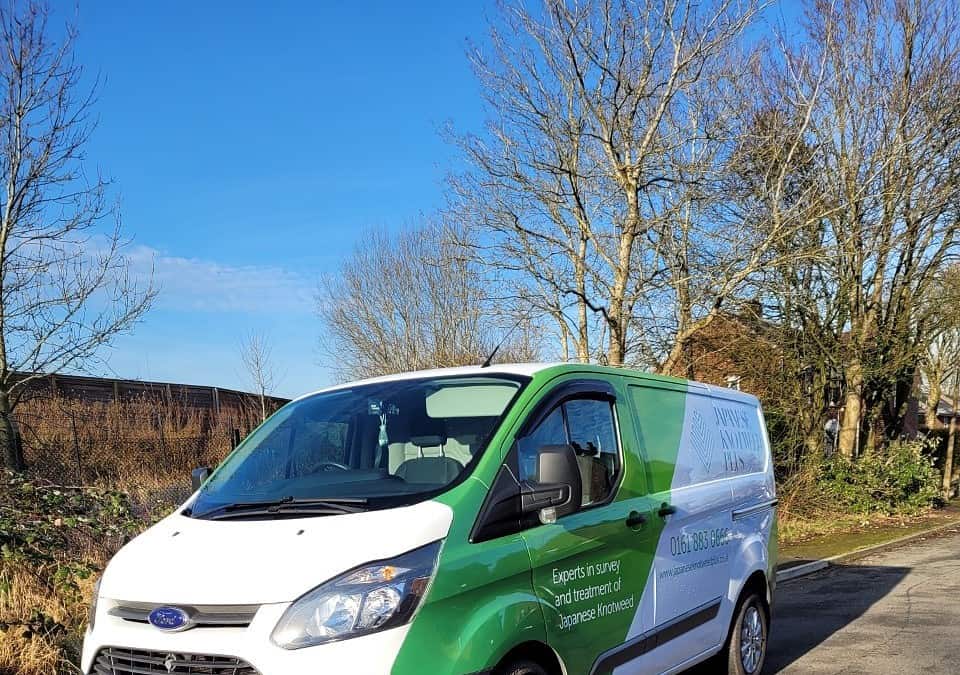Selling A Property with Japanese Knotweed
Selling a property with Japanese knotweed can be challenging due to its invasive nature and impact on the value of a property. Engage a professional specialist company for removal and disposal, provide a certificate of treatment, be transparent about the presence of the plant, and monitor for new growth to ensure a smooth sale process.
Selling a property with Japanese knotweed
Can be a complicated and challenging process due to the plant’s invasive nature and potential to cause damage to buildings, structures, and infrastructure. It is important to address the presence of Japanese knotweed before attempting to sell a property to avoid potential legal and financial liabilities.
The T6 form is a legal form
In the United Kingdom used for notifying a potential buyer or tenant about the presence of Japanese knotweed on or near a property. Japanese knotweed is a highly invasive plant species that can cause damage to buildings and structures, leading to potential legal and financial implications for property owners.
The T6 form, officially known as the “TA6: Property Information Form” as part of the Law Society’s Conveyancing Protocol, requires the seller or landlord to disclose information about various aspects of the property, including its boundaries, disputes, alterations, and environmental matters such as the presence of Japanese knotweed.
If Japanese knotweed is identified or suspected to be present, the seller or landlord must provide details about its location, any treatment that has been undertaken, and whether there is a Japanese knotweed management plan in place. This information is crucial for potential buyers or tenants to make informed decisions about the property, including assessing the potential risks and costs associated with Japanese knotweed management.
The T6 form plays a significant role in property transactions in the UK by ensuring transparency and disclosure regarding Japanese knotweed and other relevant matters that may affect the property’s value and use.
The first step in selling a property with Japanese knotweed is to identify the extent of the infestation. This can be done by engaging a professional specialist company to assess the site and provide a management plan that includes recommendations for containment, isolation, and removal of the plant. The management plan should be based on the size and location of the infestation and the type of property being sold.
It is important to note that Japanese knotweed is classified as controlled waste
Under the Environmental Protection Act 1990 and must be disposed of at a licensed landfill site. Before disposing of the plant material, it should be bagged and securely tied to prevent the release of rhizomes or the spreading of the plant during transportation.
In some cases, the presence of Japanese knotweed may affect the value of the property and make it difficult to sell. This is because buyers and lenders may be concerned about the potential damage and cost of removing the plant and the long-term implications of owning a property that is affected by this invasive species.
To minimize the impact of Japanese knotweed on the value of the property, it is important to address the infestation promptly and effectively. This may involve engaging a professional specialist company to carry out a treatment program that includes containment, isolation, and removal of the plant. In some cases, it may also be necessary to carry out remediation work to repair any damage caused by the plant to the property.
It is important to be transparent about the presence of Japanese knotweed when selling a property. This can be done by including a disclosure statement in the sale contract that describes the extent of the infestation and any steps taken to address it. The disclosure statement should also include details of any guarantees or warranties provided by the specialist company engaged to manage the infestation.
In addition, it is advisable to provide potential buyers and lenders with a management plan that outlines the steps taken to address the infestation and the long-term strategy for managing the plant. This will help reassure buyers and lenders and reduce the impact of Japanese knotweed on the property’s value.
selling a property with Japanese knotweed can be challenging,
But it is possible with the right approach. It is important to identify the extent of the infestation, engage a professional specialist company to provide a management plan and be transparent about the presence of the plant when selling the property. By addressing the infestation promptly and effectively, it is possible to minimize the impact of Japanese knotweed on the value of the property and increase the chances of a successful sale.
